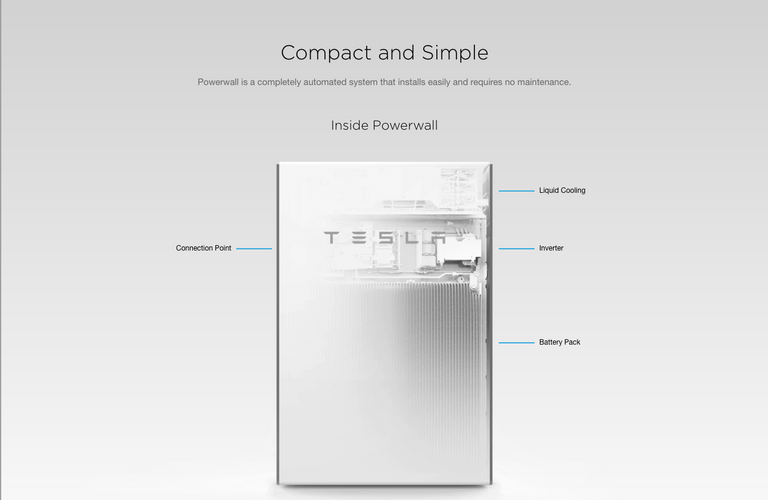A few years ago, Tesla Motor unveiled their Powerwall – a top-notch battery pack able to power average home with a solar system. Two years ago they released an upgraded version Powerwall 2 with 13.5kWh capacity. That is a lot of power for sailboat and average standard nowadays. For the price under 6k USD, it looks like a considerable product for liveaboard sailors.

Idea behind Powerwall
Elon Musk, the real Tony Stark of our age, wanted to produce a battery pack for average home. It was logical according to his plans with stylish solar roofs for homes. Elon’s Giga factory is supposed to produce in huge numbers. Tremendous investments have been made in the field of lithium-based technologies for energy storage.
If you are not Jordan Belford, The Wolf of Wall Street, and you don’t possess big powerboat like his yacht Nadine (121 feet), you don’t have space for Elon’s solar panel roof. That is not a big problem, as sailboats are able to produce energy from several sources (wind, water, motor and small solar of course). Obviously, you are able to charge batteries in marinas. To this day, most of the sailors store their power in standard accid batteries.
Weight and size are ideal even for a small yacht. This looks like gamechanger until you consider some other aspects and information…
Powerwall, even in version 2, is not certified for maritime usage. The cooling system of Powerwall works correctly when installed vertically. Some guys on forums claimed that it won’t break Powerwall’s warranty necessarily but believe us, your boat insurance company will be against it 🙂 . There are two big no-go points for you. The risk of a fire and big environmental risk in case of sinking.
The roof in on fire!
Rational sailors know all kinds of fire onboard situations. As a sailor, you are able to extinguish the fire of oil, electronics, wood and other things, but the fire of lithium batteries brings it to a whole new level. More cells means. When you extinguish a fire, some cells could still be smoldering and glowing. This leads to several re-fires.
When Richard Hammond, known from Top Gear and Grand Tour TV shows, crashed supersonic car based on Tesla engine and batteries, local fire department stated that car and its batteries caught fire 14 times during 6 weeks period after a crash. On the sailboat, you probably won’t crash battery at 160mph speed, but this case shows how important is fire risk when it comes to Lithium batteries. Even minor mechanical damage can cause a dangerous fire. On every heavier Li-ion battery you can find “Do not transport when damaged!”
Powerwall was made for homes, not boats. We are sorry. Even if you are a millionaire, or a politician with no need of insurance, don’t do it. A hundred kilograms of lithium won’t help the oceans. Kraken is also not into this stuff.
So are we stuck with wet batteries and pricy gel batteries? You may be able to make some workaround solution around Tesla Powerwall, a lot of sailors on forums claim that they are using it already on catamarans and powerboats daily. But with accessories and safety workaround (which is not 100% because Powerwall is not made to be used on the sea) the TCO of solutions is challenged even by costly gel batteries.
Guys please don’t do it!
It does not matter which technology you choose, always use maritime batteries! Always! Lithium products can be found on big ships, with time they are more and more affordable to use on sailboats. Choose wisely, but a product for a boat, not a house. Check Tesla’s own forum about this issue.
Powerwall is an excellent product. Outstanding as a battery pack for home. For Tesla, sailors are not the primary market at the time. We are looking forward to future and we are glad for green overland future.